Thang Long Imperial Citadel: Explore Vietnam’s Timeless Heritage
Land rich in history and culture, Vietnam boasts several old sites that reflect its legendary past. Among these, the Thang Long Imperial Citadel is especially evidence of the resiliency and magnificence of the country. Let MOTOGO Tours explore the relevance and appeal of this ancient site.
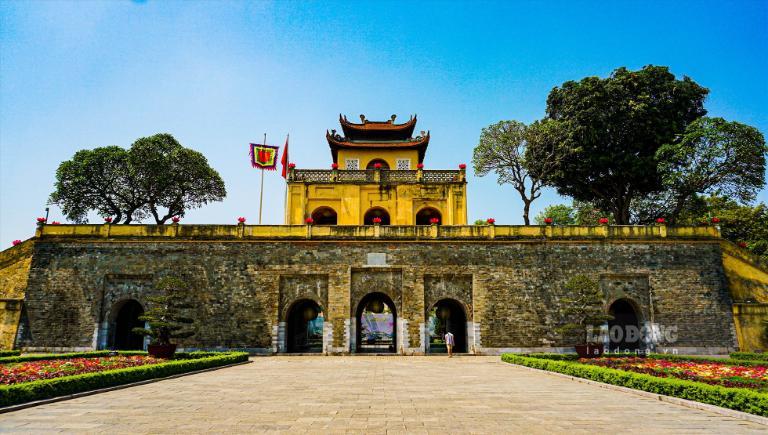
Introduction to Thang Long Imperial Citadel
Overview of the Thăng Long Imperial Citadel
Tucked down in the center of Hanoi, the Thăng Long Imperial Citadel is a living monument attesting to the rich tapestry of Vietnam’s past. Designed over a millennium, this ancient castle complex captures the events of the country. Celebrated by UNESCO in 2010, the citadel has grown to be a must-see for domestic and foreign visitors, encouraging pride in Vietnam’s magnificent past.
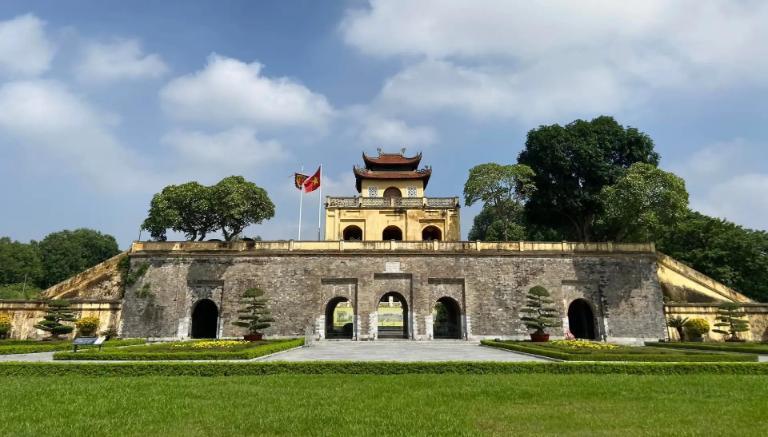
Historical Background
According to archeological data, the Thang Long area has been occupied starting in the seventh century. For the Dinh, Early Le, Ly, Tran, Le, and Nguyen dynasties over centuries, it functioned as their political hub. Each dynasty leaves their distinct architectural and cultural legacy, which adds to the grandeur and variety of the citadel.
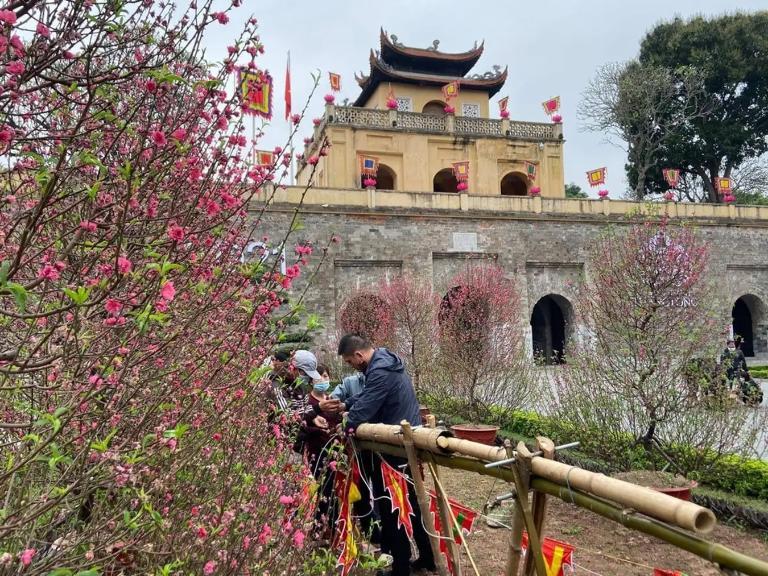
>>> Article for you: Temple of Literature | A Timeless Tribute to Vietnamese Education
What Makes the Thăng Long Imperial Citadel Special?
Not only a historical relic, the Thang Long Imperial Citadel is an architectural wonder displaying the inventiveness and imagination of past Vietnamese builders. Reflecting the cultural interactions spanning millennia, the Citadel’s buildings combine traditional Vietnamese, Chinese, and Southeast Asian architectural forms. Some of the most notable architectural wonders in the Citadel are below:
Doan Mon Gate: The Main Entrance
One of the most recognisable elements of the Thang Long Imperial Citadel is the Doan Mon Gate, the main entrance to the royal compound. Built during the Ly Dynasty and subsequently rebuilt by other dynasties, this great gate is a historical tapestry of architectural change. The design of the gate is a great mix of ceremonial and defensive aspects.
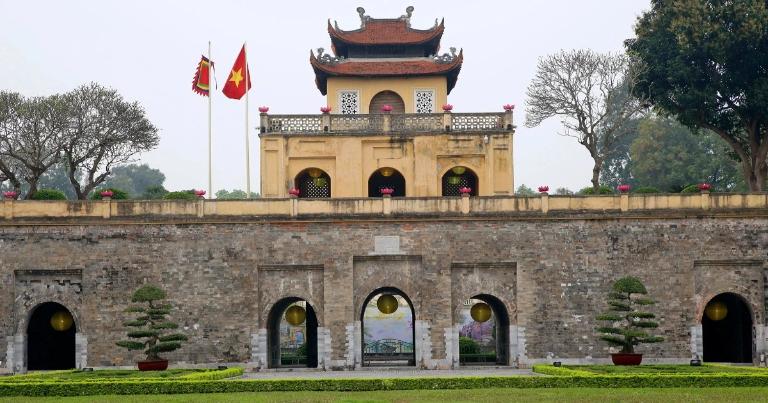
Three arched doors and massive stone walls define the Doan Mon Gate. Reserved for the king, the central arch is bigger and more finely ornamented than the side arches, utilized by military officers and mandarins. The imposing form of the gate represents the power of the realm and the ruler.
Particularly the dragon patterns on the gate, the complex carvings there represent wealth and strength. Frequent in Vietnamese royal architecture, the dragon stands for the emperor’s divine right to govern.
Hanoi’s Flag Tower
Another architectural wonder now emblematic of the city itself is the Flag Tower of Hanoi, situated on Citadel grounds. Built during the Nguyen Dynasty in 1812, this soaring monument proudly reflects Vietnam’s rich past.

Comprising three stages that narrow as one climbs, the Flag Tower is an amazing 33 meters tall. The basis is a square platform with stairs to the higher tiers. Arched windows at every level let air and light pass across the construction.
The national flag was flown from the Flag Tower, which has been very important in Vietnam’s history especially during the August Revolution in 1945. Still flying atop the tower today, the crimson flag featuring a yellow star marks Vietnam’s independence and sovereignty.
>>> Let’s see more: Explore Hoa Lo Prison: A Dark Chapter of Vietnam War
Kinh Thien Palace
Once the center of the Thang Long Imperial Citadel, the Kinh Thien Palace housed court where the emperor oversaw state operations. Though the palace itself is no longer visible, the foundation and traces nevertheless inspire majesty and significance.
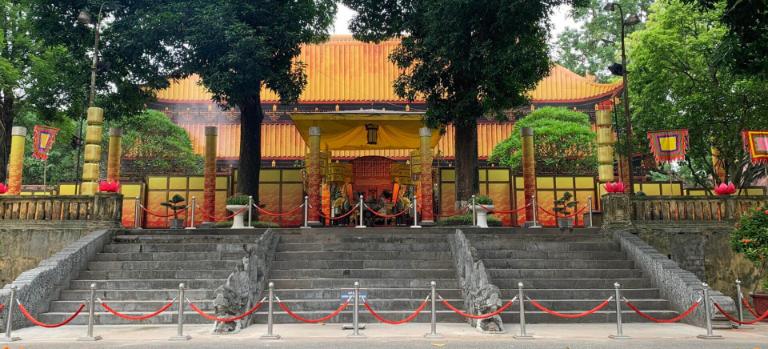
Kinh Thien Palace’s surviving base is a raised platform covered in finely carved stone dragons. Once guardians of the gate, these masterpieces of Vietnamese sculpture represent imperial power. Built in a classic Vietnamese style with tiled roofs and timber construction, the palace was meant to express the heavenly decree of the emperor. With a center hall flanked by smaller chambers that reflected the royal court’s hierarchy and order, the palace’s symmetrical layout was symbolic.
Hau Lau (The Princess’ Palace)
A major building in the Citadel, Hau Lau—also known as the Princess’s Palace—offers a window into the life of Le Dynasty royal women. The queen and princesses were especially allocated this palace, therefore underscoring the significance of female royalty within the imperial court.
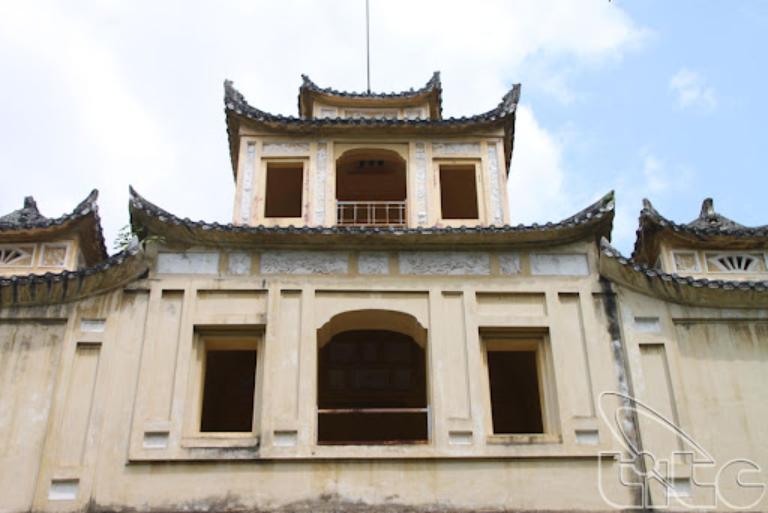
Hau Lau’s architecture is marked by simplicity and grace. Built on a high platform, the palace features a sequence of chambers linked by small hallways. The symmetrical construction captures the harmony and balance prized in regal building.
The royal family’s prominent influence in government and cultural life is shown by the palace’s position inside the Citadel near other significant structures. The elegant preferences of the royal women who lived in the palace are shown by the delicate carvings and subdued decorations in the building.
>>> Explore: Ho Chi Minh Mausoleum: A Comprehensive Guide to Vietnam’s Iconic Landmark
D67 House and Tunnel
Among the Citadel’s buildings, the D67 House and Tunnel are singular in providing a window into Vietnam’s more recent past. These, in sharp contrast to the old palaces and temples that define the Citadel, were the headquarters of the North Vietnamese military during the Vietnam War.
During the war, the D67 House was a straightforward, unassuming building used as the military operations’ nerve centre. Beneft it is a vast tunnel system meant to shield military officials from air strikes. The tunnels are evidence of the tenacity and strategic thinking of the Vietnamese military at a turbulent time.

Combining old customs with more recent historical events, these architectural wonders within the Thang Long Imperial Citadel create a fascinating tapestry of Vietnam’s past. Every building in the Citadel conveys a different story that helps us to better grasp Vietnam’s deep and complicated past.
>>> Let’s see more: Presidential Palace Hanoi: A Glimpse into Vietnam’s Colonial and Revolutionary History
The Cultural Significance of the Thang Long Imperial Citadel
For the Vietnamese people, the Thang Long Imperial Citadel is a cultural asset with great relevance rather than only an old architectural marvel. The Citadel has been essential in forming the identity, customs, and values of Vietnam as the center of governmental authority and cultural growth over more than a millennium.
A Symbol of Vietnamese Resilience
One potent emblem of the tenacity and fortitude of the Vietnamese people is the Thang Long Imperial Citadel. Originally founded by the Ly Dynasty in the 11th century, the Citadel has seen the rise and fall of several dynasties, colonial invasions, even wars, yet it has been a constant emblem of Vietnam’s continuity.
The Ly, Tran, Le, and Nguyen are among the various Vietnamese dynasties who have called the Citadel their seat of power over its history. Every dynasty helped the Citadel grow and flourish, leaving architectural and cultural legacy still clear-cut today.
The Citadel was a vital military location both during the Vietnam War and during French colonial times. The Citadel’s basic buildings and cultural core were kept intact despite the devastation and difficulties of these times, so representing the intact spirit of the Vietnamese people.
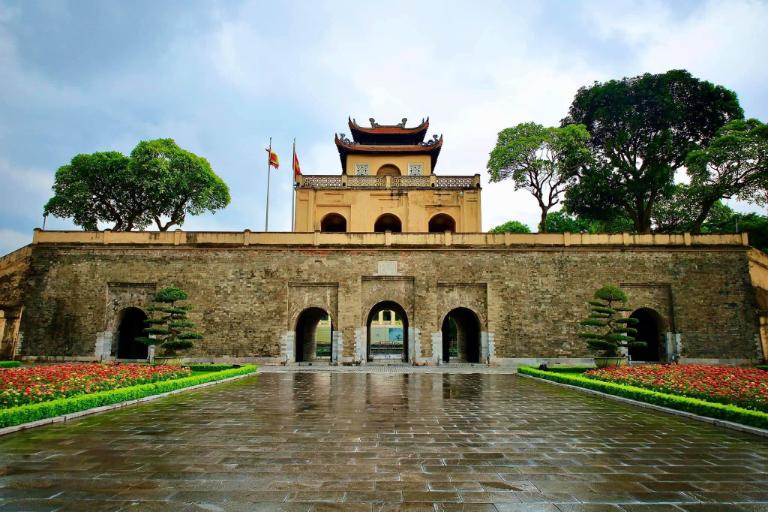
A Center of Cultural and Religious Activities
Apart from a governmental center, the Thang Long Imperial Citadel was a dynamic center for religious and cultural events. Important ceremonies, celebrations, and rites reflecting the spiritual and cultural life of the Vietnamese court and society found place in the Citadel’s temples, palaces, and gardens.
The Citadel, where the emperor lived, hosted many royal events including religious offerings, marriages, and coronations. Deeply entwined with Vietnamese Confucian and Buddhist traditions, these rites were not only statements of royal power but also reaffirmations of the divine mandate to reign.
Important celebrations and public meetings also took place at the Citadel, where people may see and engage in the national cultural life. Festivals like Tet (Lunar New Year) would see the Citadel ornamented with decorations and the ruler carrying ceremonies to guarantee kingdom prosperity.
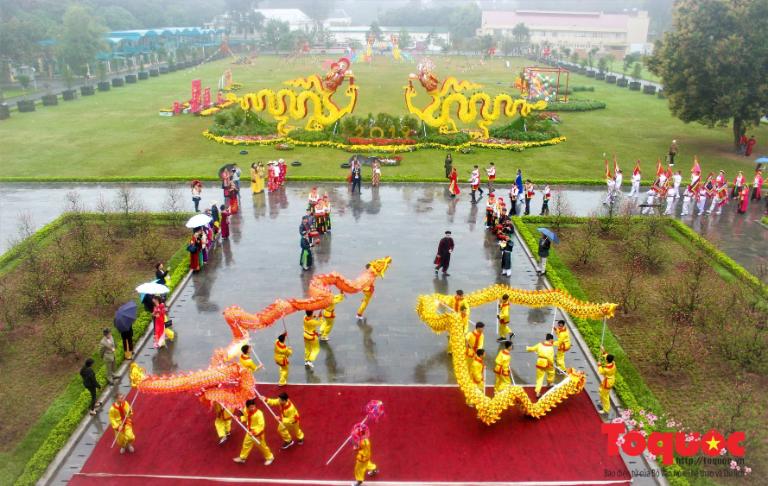
Architectural and Artistic Contributions
The Thang Long Imperial Citadel is an exhibition of Vietnamese architectural and artistic triumphs. The buildings of the Citadel are reflections of Vietnamese design, workmanship, and the impact of regional and international influences.
Prime specimens of traditional Vietnamese architecture, the Citadel’s buildings—the Kinh Thien Palace and the Doan Mon Gate—have timber construction, curving roofs, and detailed carvings. These architectural features capture the Vietnamese focus on harmony with environment and the need of symbolism in architecture.
Along with many relics highlighting the creative achievements of several eras in Vietnamese history, the Citadel boasts pottery, bronzes, and sculptures. Still inspiring Vietnamese artists today, these pieces of art offer insight into the religious and cultural ideals of the time.

>>> Let’s see more: Co Loa Citadel in Hanoi: A Glimpse into Vietnam’s Ancient Past
A UNESCO World Heritage Site
The Thang Long Imperial Citadel became a UNESCO World Heritage Site in 2010, therefore confirming its global cultural importance. This title recognizes the great worth of the Citadel as a symbol of Vietnam’s historical and cultural growth over almost a millennium.
The UNESCO classification emphasizes the special mix of architectural wonders, historical layers, and cultural customs that defines the Citadel. It has raised awareness of the place internationally, therefore highlighting Vietnam’s cultural legacy on a worldwide arena.
Today, the Thang Long Imperial Citadel is a living legacy still impacting Vietnamese culture and identity rather than only a historical landmark. This location provides guests with a physical link to the past that has shaped contemporary Vietnam, therefore bridging the past and present.
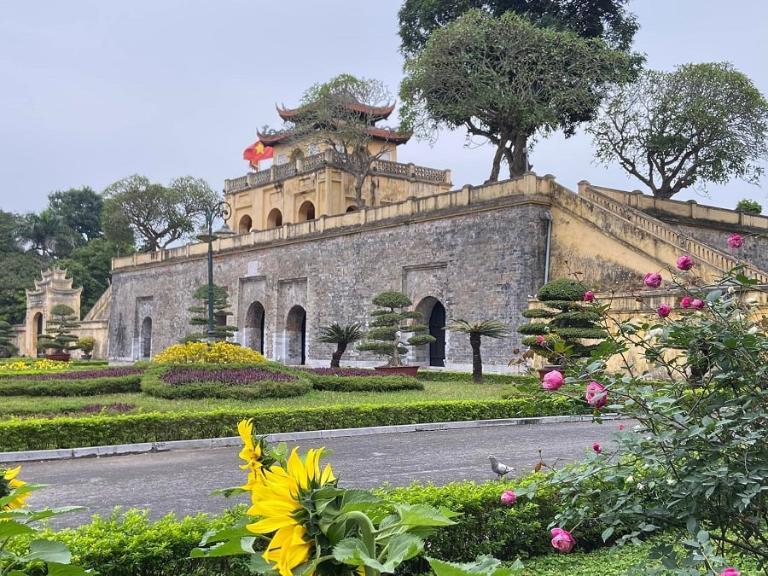
Visiting Thang Long Imperial Citadel
Seeing the Thang Long Imperial Citadel is like to traveling back in time and providing a unique window into the splendor and past of Vietnam’s old capital. Whether your interests are in history, culture, or just curiosity about Vietnam’s past, the Citadel offers a fascinating experience that distills the core of the country.
Location and Accessibility
The Thang Long Imperial Citadel is conveniently located in the heart of Hanoi, Vietnam’s bustling capital city. Situated at 19C Hoang Dieu Street, Ba Dinh District, it is close to many of Hanoi’s other historical and cultural landmarks, making it an easy addition to any sightseeing itinerary.
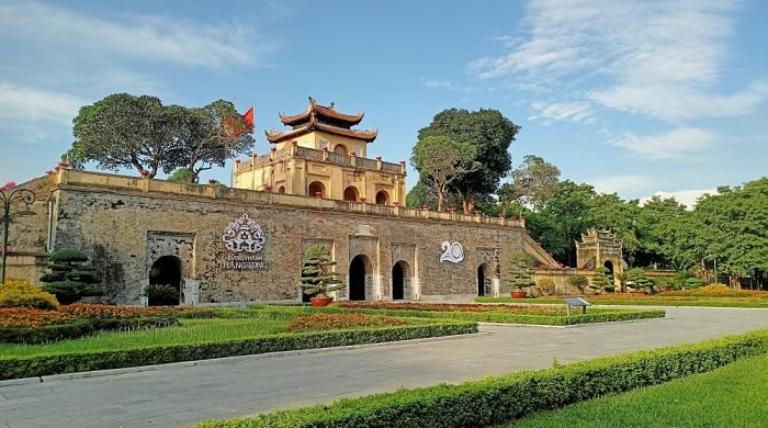
The Citadel is conveniently reachable from several points of view of transportation. Should you are near the Old Quarter or Hoan Kiem Lake, you can reach the Citadel by taxi, motorbike, or even a leisurely walk if you are lodging in Hanoi. Public buses cover the area as well, stopping close to the Citadel.
Walking distance from the Citadel allows you to see other surrounding sites such the Vietnam Military History Museum, the One Pillar Pagoda, and the Ho Chi Minh Mausoleum. This makes the Citadel a perfect base from which to start a day of historical inquiry in Hanoi.
In addition, to enhance your experience, you can choose guided tours like Hanoi Motorbike Tours. They will provide a comprehensive overview of Thang Long Imperial Citadel’s history and significance
Operating Hours and Admission
Although the Thang Long Imperial Citadel is open to guests all year long, it is advisable to find out the running hours to properly schedule your tour.
- Operating Hours: The Citadel is open everyday from 8:00 AM to 5:00 PM, with a lunch break about midday. Particularly in the summer, visiting early in the morning or late afternoon helps one avoid the midday heat.
- Admission Fees: Discounted 50% rates are offered to students and minors; the adult entrance cost as of the most recent updates is roughly 70,000 VND (about $3 USD). The ticket allows you entrance to the Citadel’s key historical sites and museums. Special events or exhibits sometimes call for an extra cost.
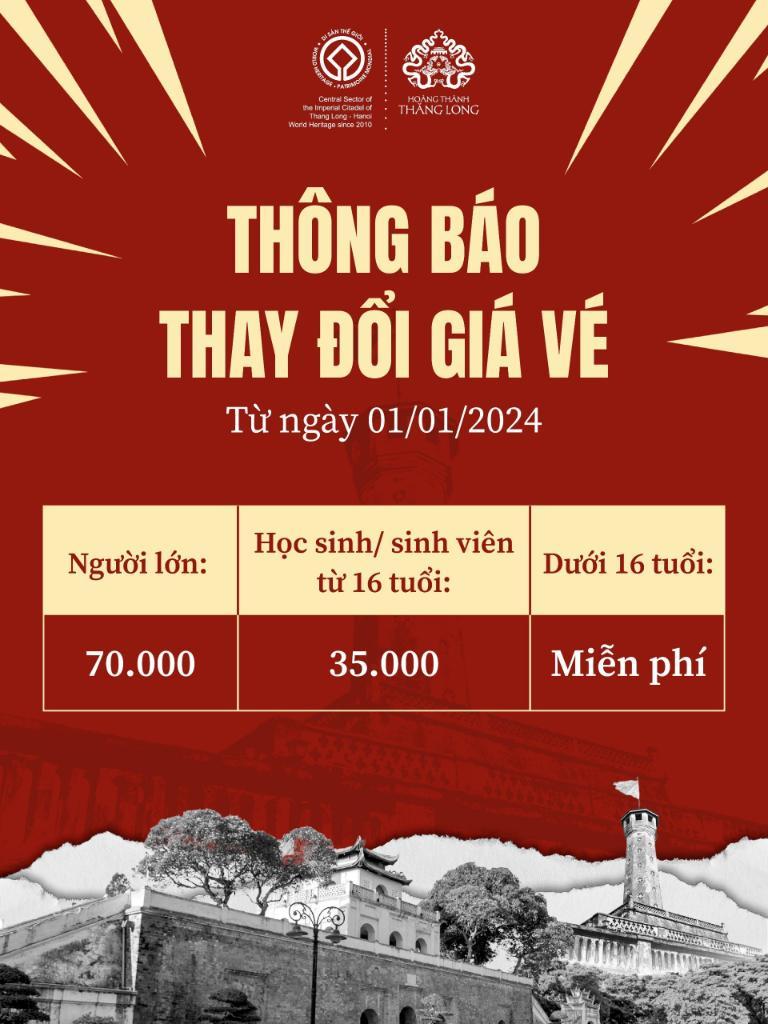
Best Times to Visit
The Thang Long Imperial Citadel is best visited in the cooler months, October through April. Hanoi’s usually pleasant and dry weather during this time makes outdoor exploration perfect. The nice temperature lets you easily explore the large grounds free from heat and humidity.
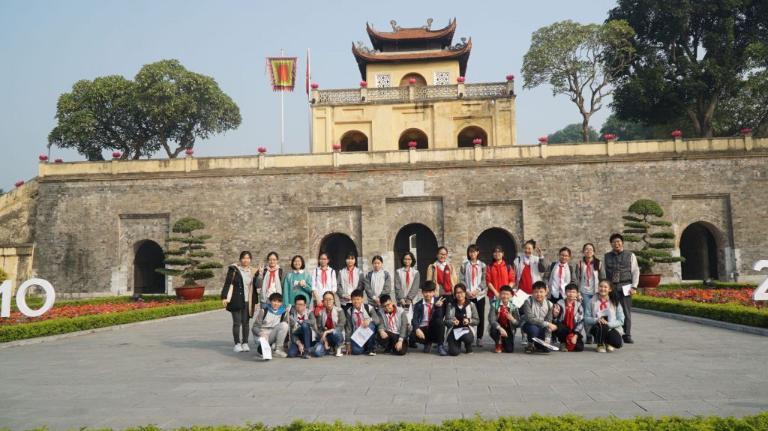
Visiting during significant Vietnamese celebrations, such Tet (Lunar New Year) or the Mid-Autumn Festival, can provide a distinctive cultural encounter. The Citadel frequently hosts special events, decorations, and rituals throughout certain periods that offer further understanding of Vietnam’s diverse customs.
Tips for a Great Visit
Think about the following to help you to enjoy your trip to the Thang Long Imperial Citadel:
- Wear Comfortable Clothing: The Citadel spans a lot of ground, hence, especially in warmer weather, wear light-weight, comfortable shoes and attire since you will probably be walking a significant amount.
- Bring a camera; The Citadel presents many of picture chances from the great entrance gates to the peaceful gardens and the tall Flag Tower. Remember your camera or smartphone to record these times.
- Stay Hydrated: Bring a bottle of water with you if you are visiting in the hotter months. Although the Citadel has shops, it’s a good idea to keep hydrated particularly if you intend to spend several hours wandering.
- Respect the Site: Greatly culturally significant and a UNESCO World Heritage Site is the Thang Long Imperial Citadel. Respect the site by keeping a calm attitude, not touching objects, and obeying posted policies.
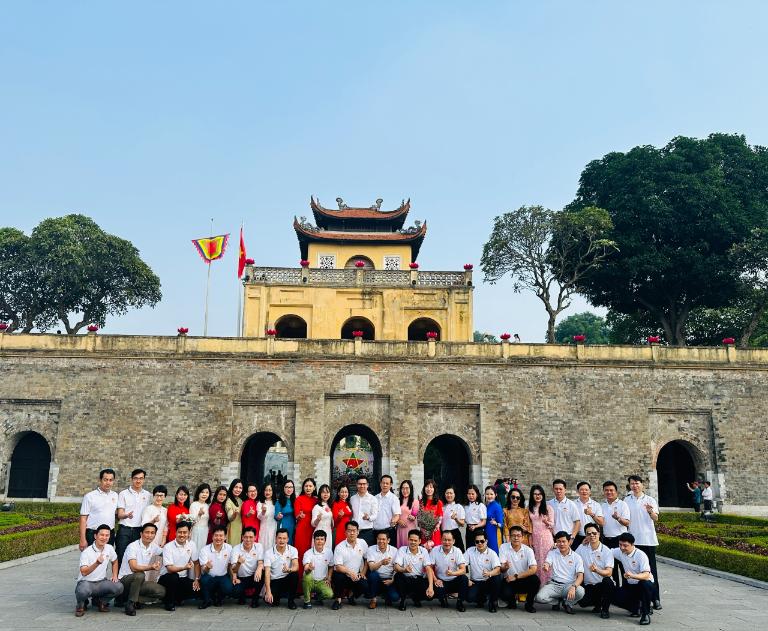
The Thang Long Imperial Citadel is a dynamic emblem of Vietnam’s rich cultural legacy and ongoing vitality, not only a historical landmark. Seeing the architectural wonders and historical relics is a special chance presented by visiting the Citadel. The Citadel offers an amazing experience whether your interests are in its past or just in appreciating the calm environment.
Related Posts:
- St. Joseph’s Cathedral: Hanoi’s Gothic Masterpiece and Cultural Icon
- Hanoi Botanical Gardens: A Tranquil Escape Amid the Bustling City
- Tay Ho Palace: A Famous Spiritual Destination in Hanoi
- Hanoi Ceramic Mosaic Mural: A Masterpiece of Art & Culture
- Phung Hung Mural Street: A Vibrant Tapestry of Art and Culture in Hanoi

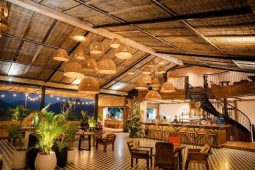


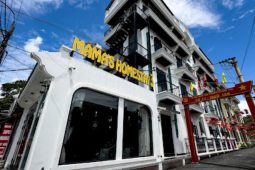




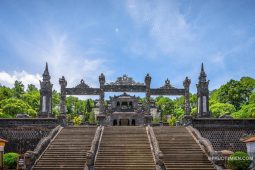
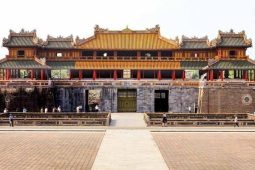


Be the first to comment!